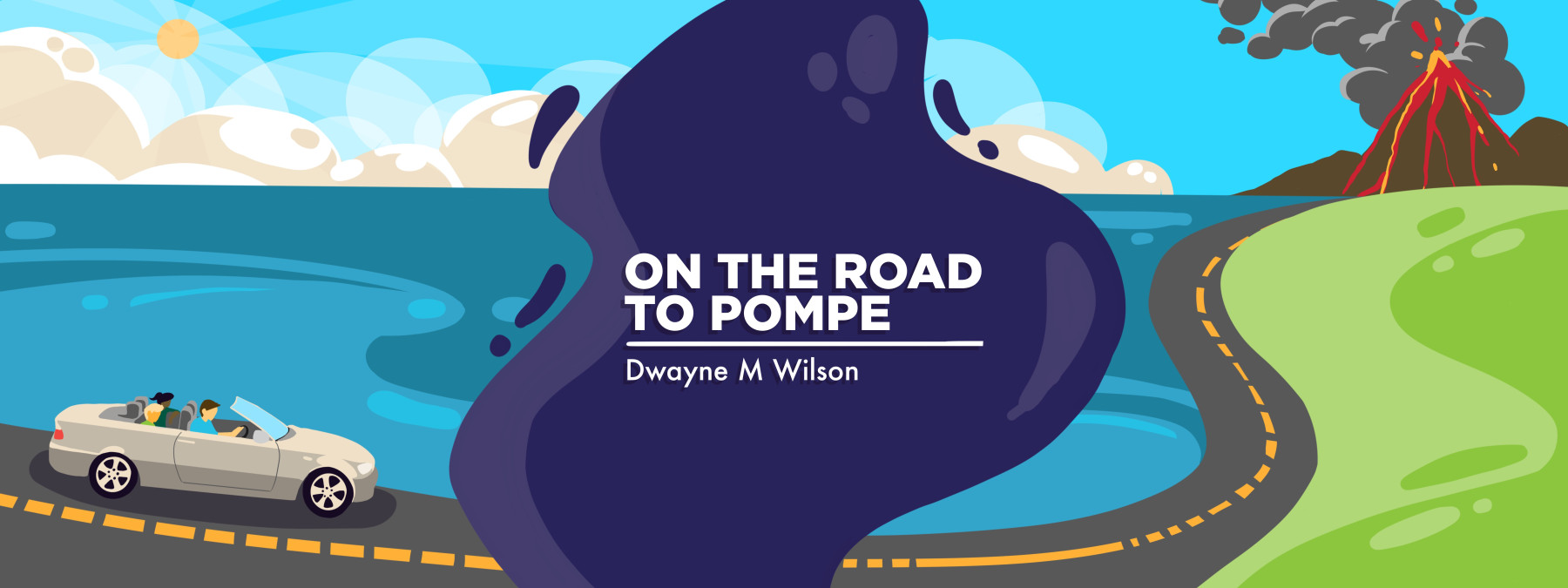Not all accessible public spaces are entirely disability-friendly
Even ADA-compliant spaces fail some people with disabilities, a columnist writes

Sometimes I wonder who designed spaces that are labeled accessible. Were the engineers or architects disabled? Did they actually understand the needs of wheelchair users, or did they simply do the minimum needed to comply with the Americans with Disabilities Act (ADA)? Was a disability plaque attached just for show?
My wife and I went to Las Vegas last weekend for an early Valentine’s getaway. Getting diagnosed with late-onset Pompe disease in November 2018 hasn’t stopped me from having adventures. I still travel and attend concerts and sporting events as much as possible. After four years of enzyme replacement therapy, I now have a better understanding of my body and muscles. I know how much energy I need for different activities and plan accordingly.
Currently, I am semi-ambulatory and use my electric wheelchair, which I’ve nicknamed the Dolphinator, for certain activities. I brought the Dolphinator to Las Vegas because there tends to be a lot of walking between hotels along the Strip. I didn’t want to slow my wife down as we saw all the lights and fun things the city has to offer.
As we left one hotel and rolled through the casino, I stopped to use the restroom. There was a wheelchair-accessible sign to the right of the door, so I thought it would be fine to head in with my Dolphinator. However, as I approached the door, I realized there was no button to open it automatically. I had to control my wheelchair joystick with one hand while pushing the door open with my other hand.
I maneuvered through the doorway, went right down a narrow walkway, and then turned left into the restroom. Luckily, there weren’t any guys leaving and blocking the walkway. As I looked past the sinks, I realized the accessible stall was at the very end of a long restroom. There were about six urinals on the right, with guys standing in front of all of them, thus blocking the already narrow path to the accessible stall. When designing this public restroom, did people really think that an electric wheelchair would fit?
Doing the whole process in reverse was just as bad, especially when I had to pull the door handle toward me while exiting. This involved maneuvering my Dolphinator forward enough to grab the door handle, holding it while going in reverse, then getting my wheelchair around and out the door and back into the casino.
Even if a restroom is ADA-compliant, that doesn’t necessarily mean it’s accessible to everyone. For me, the experience was anything but.
Throughout our vacation, I encountered many other restrooms in hotels, casinos, restaurants, and theaters that were marked accessible but seemed like they’d been designed by someone who had zero experience with people with disabilities. Maybe builders and designers should consult wheelchair users to get a better idea of their needs.
This issue isn’t exclusive to Las Vegas. I’ve come across public buildings here in Southern California that offer accessible parking, ramps going up to the sidewalk, and an accessible sign next to the front door. Yet there’s no automatic door opener; someone must pull the handle or latch to get inside the building. How am I supposed to open double doors by myself while operating an electric wheelchair? Is it assumed that disabled people will always have a spouse, caregiver, or friend with them who can open the door?
Accessibility doesn’t just mean a larger restroom stall with handles or a designated parking space. To me, accessibility should enable someone to participate in the daily activities of living, working, and playing without being excluded from society and all life has to offer.
Whether I’m using my electric wheelchair or walking with a hiking pole “On the Road to Pompe,” I’m always looking forward to the next fun adventure, even if there are obstacles in my way.
Note: Pompe Disease News is strictly a news and information website about the disease. It does not provide medical advice, diagnosis, or treatment. This content is not intended to be a substitute for professional medical advice, diagnosis, or treatment. Always seek the advice of your physician or other qualified health provider with any questions you may have regarding a medical condition. Never disregard professional medical advice or delay in seeking it because of something you have read on this website. The opinions expressed in this column are not those of Pompe Disease News or its parent company, Bionews, and are intended to spark discussion about issues pertaining to Pompe disease.








Leave a comment
Fill in the required fields to post. Your email address will not be published.